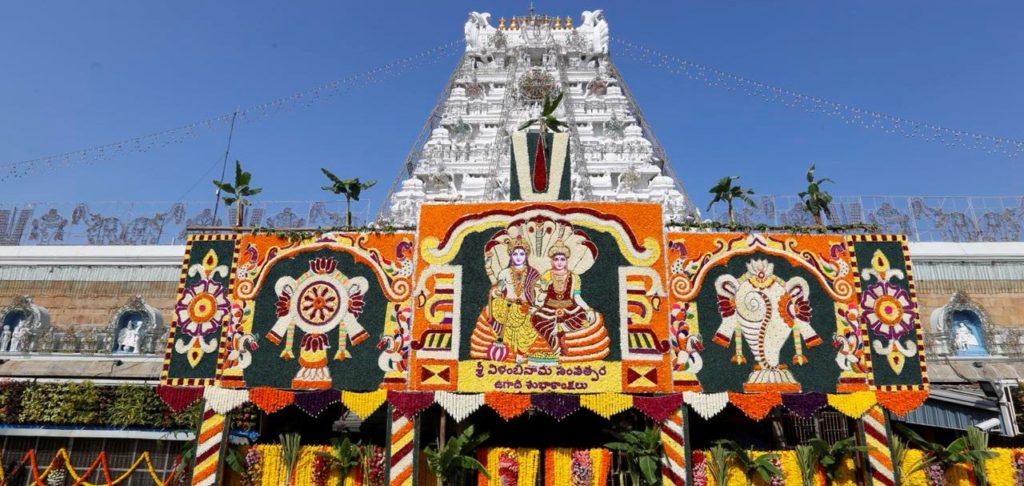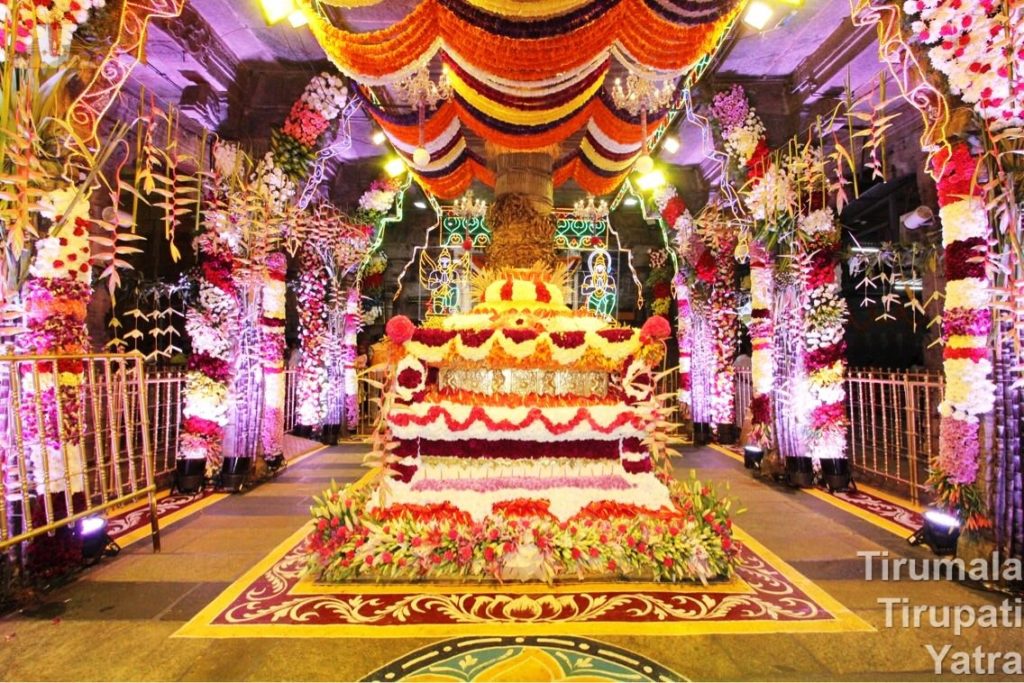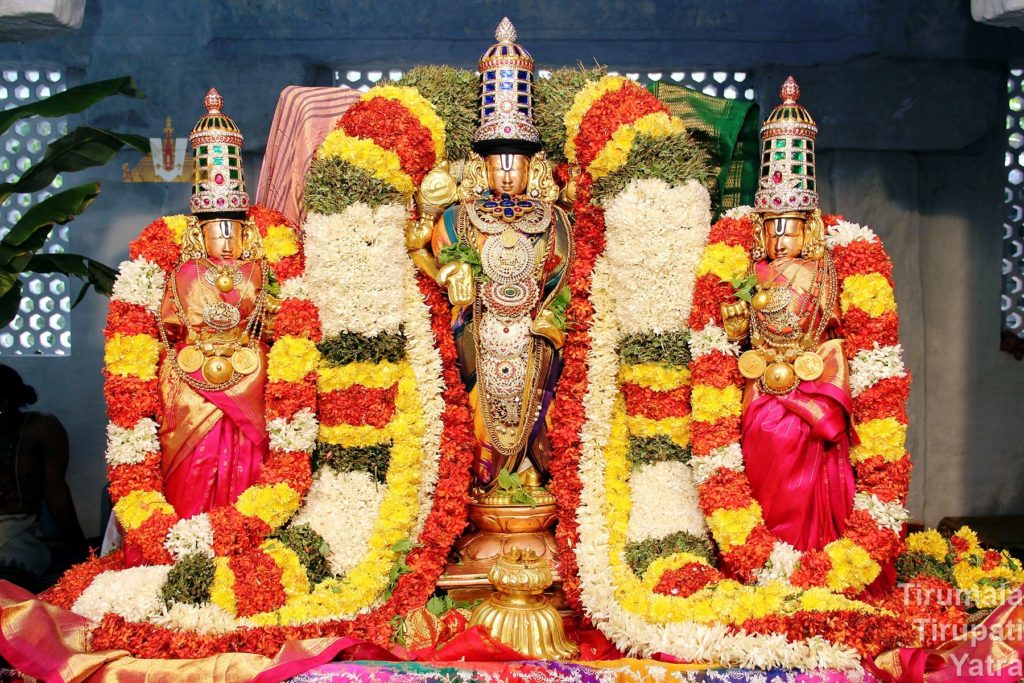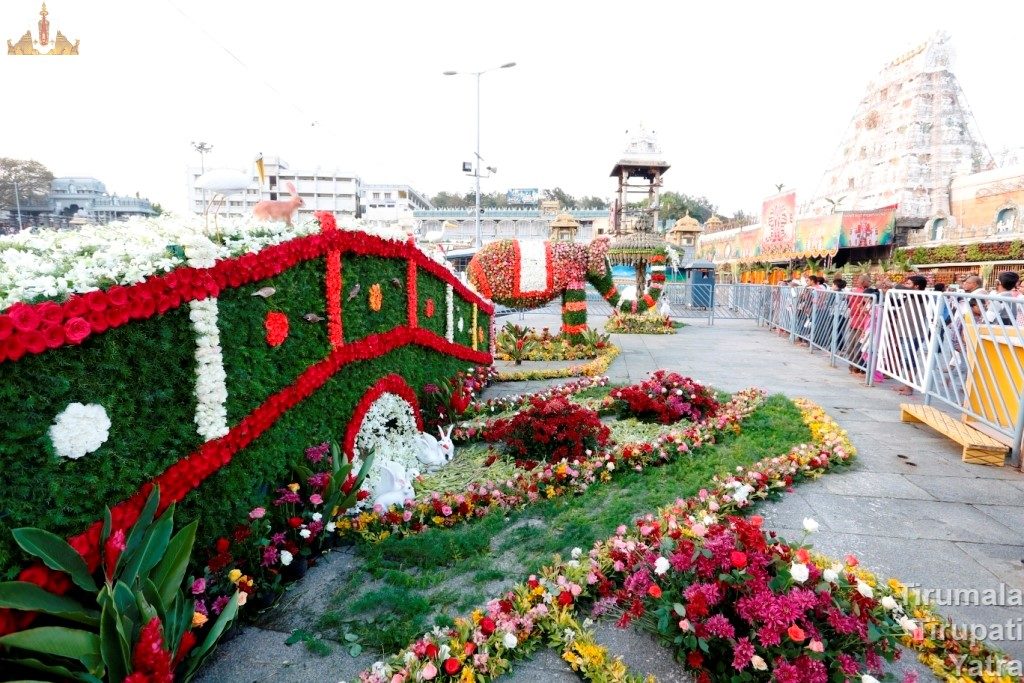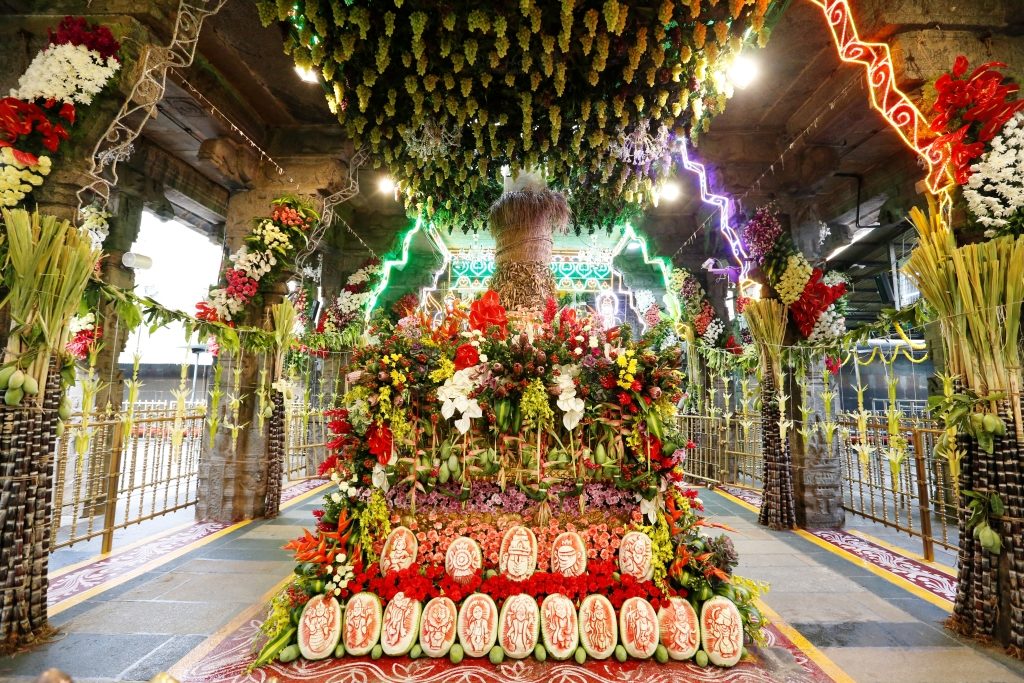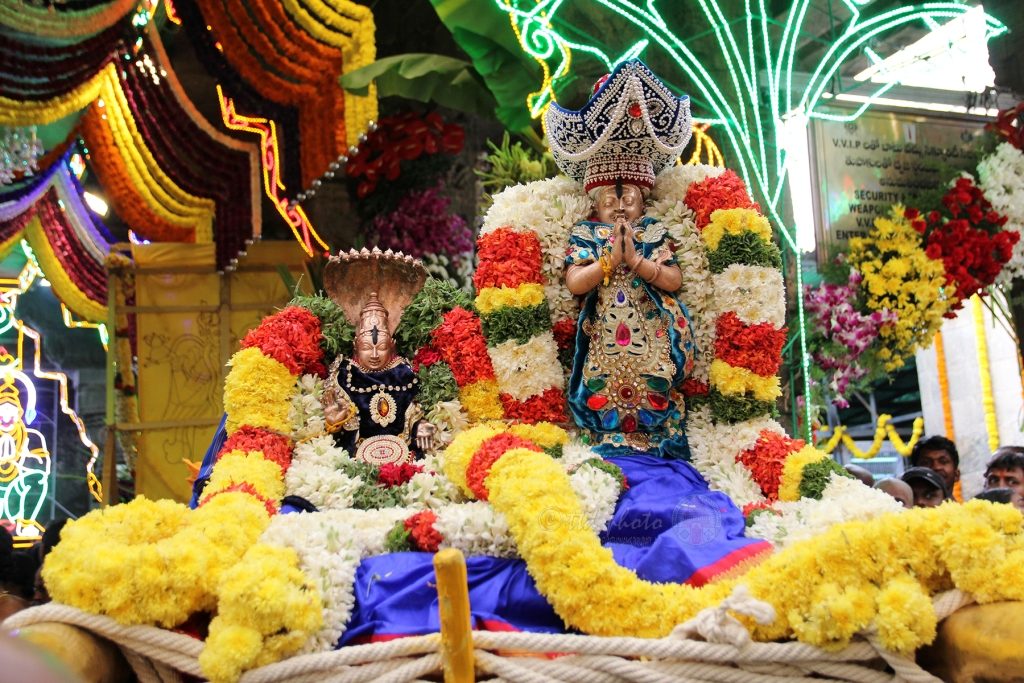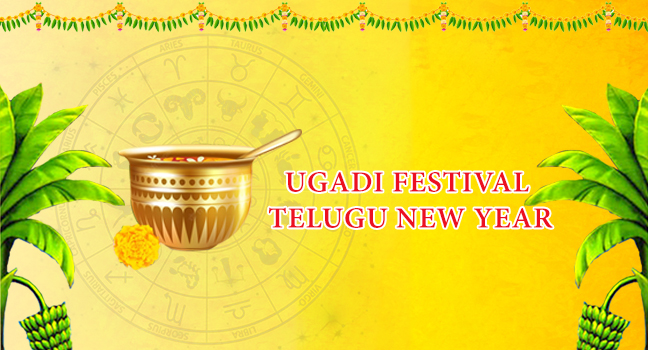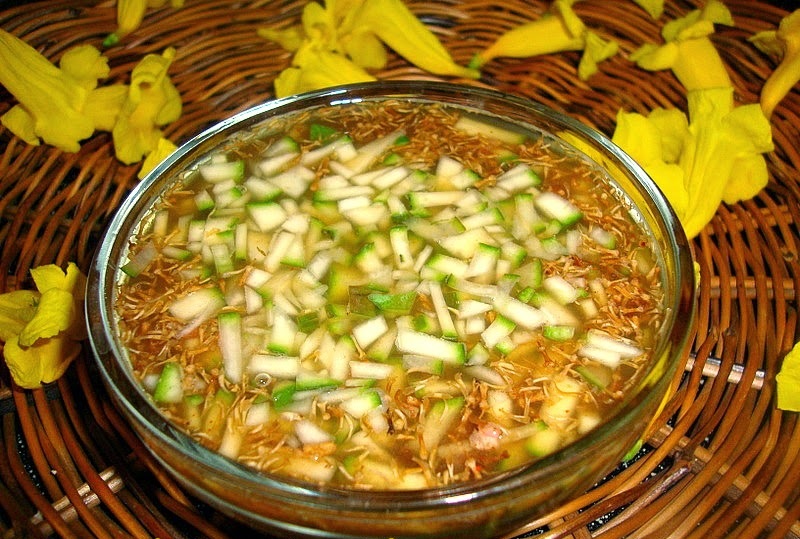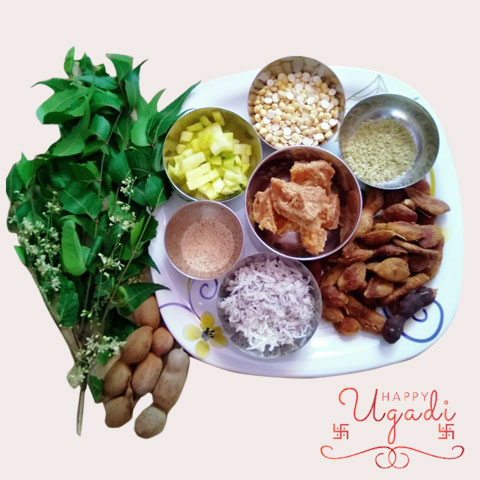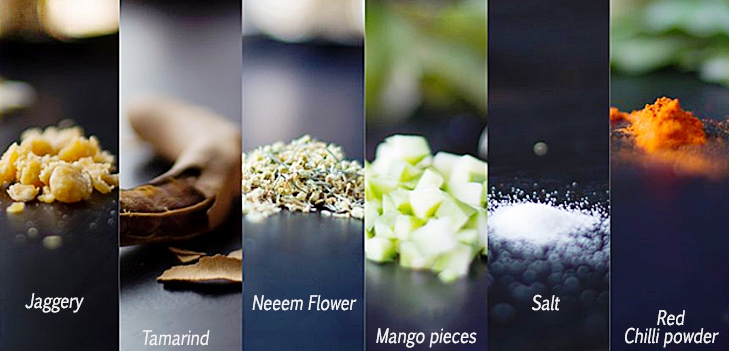Ugadi
The word Yugadi or Ugadi is derived from the Sanskrit words Yuga (age) and Aadi (beginning) and it refers to the commencement of a new age. Ugadi or Samvatsaradi is the New Year’s Day for the people of Andhra Pradesh, Telangana, Karnataka and Maharashtra States in our country.
It is celebrated with all festivity in these states on the first day of the Hindu calendar month of Chaitra. Ugadi is the first day of the Telugu New Year.
Ugadi is being heralded on Chaitra Suddha Paadyami or the first day of the bright half of the Telugu month of Chaitra i.e., this year on 18th March 2018 (Sunday). It is the first day of the first month in lunar calendar.
The months derive their names based on the star of the full moon day. For example, the full moon day of this month coincides with ‘Chitta’ star and so the month is called ‘Chaitra’ Masam. It is also the beginning of Vasanta Rutu (season).
ACCORDING TO MYTHOLOGY
There was an interesting story in Hindu Mythology. Sage Narada, once asked Lord Brahma, what is the most difficult thing to conquer in the universe? Lord Brahma replied that it was hunger. Narada did not agree and said that he had never suffered from hunger and said, he conquered it.
To this, Lord Brahma asked Narada to take a new birth to experience the pangs of hunger.
Accordingly, Narada was born again, married and got sixty sons. There was a great famine at the end of Mahakalpa when his wife and all his children died of hunger. He could not put up with hunger and went in search of some food.
He found a mango fruit hanging tantalizingly at the far end of the tree branch. He found himself too weak to climb the tree. So, he piled up the bodies of his wife and sixty sons one over the other in a bid to reach the fruit. Then, Lord Brahma appeared and Narada admitted that hunger was the most difficult thing to conquer.
Narada then prayed to Lord Brahma to give a boon so that people would ever remember his sons. When Lord Brahma started creation again, sixty years were formed into one cycle and they were named after the sons of Narada.
The years were started from Prabhava, Vibhava—up to Akshaya, were the names given to the children of Narada. The sixty years were repeating again and again in a cycle, thus, reminding them to us forever.
The onset of spring also marks the beginning of new life with plants (barren until now) acquiring new life coupled with shoots and leaves. Spring is considered the first season of the year with a new beginning. The vibrancy of life and verdant fields, meadows full of colourful blossoms would signify the growth, prosperity and well-being of the people.
PREPARATIONS FOR UGADI
- Preparations for the festival would normally begin a week ahead.
- Houses are given a thorough wash and clean.
- On Ugadi day, people wake up before the break of dawn and take a head bath.
- The oil bath is a must for everybody.
- The elderly people take a sacred bath in the nearby holy rivers or the sea.
- They decorate the entrances of their houses with fresh mango leaves.
Mango leaves and Coconuts
Mango leaves and coconuts are considered auspicious in the Hindu tradition and they are widely used for Ugadi. The significance of tying mango leaves relates to a legend. It is said that Subrahmanya or Kumara Swamy and Ganesha, sons of Lord Siva and Parvathi were fond of mangoes.
As the legend goes, Subrahmanya exhorted the people to tie green mango leaves to the doorways signifying a good crop and general well-being. It is noteworthy that we use mango leaves and coconuts only on auspicious occasions to propitiate Gods.
People also splash fresh cow dung water on the ground in front of their houses and draw colourful floral designs. This is a common sight in every household. People visit temples and perform the ritualistic worship to Gods invoking their blessings before they start with the new year. They pray for their health, wealth and prosperity.
PRACTICES IN UGADI
The traditional way of celebrating this festival is by beginning the day eating ‘Ugadi Pacchadi’.
Ugadi Pacchadi
Is a combination of six flavours obtained by mixing Jaggery, Tamarind, Neem flowers, Green chillies, Common salt and Raw Mango respectively. It is a symbolic reminder of complex phases of life, one should reasonably expect in the Telugu new year.
Ugadi Pacchadi also reminds the people that they will have not just sweet experiences but also a combination of sour, salty and bitter episodes in their lives.
One is always reminded that no event or occasion is wholly good or bad in his own life. So, this would help a person to learn to put pain and pleasure in proper temporal perspective.
MEDICINAL EFFECT
Besides, the ingredients which are mixed in Ugadi Pacchadi have a medicinal effect on the body.
- Tamarind is acidic and is not only an appetizer but also helps in digestion.
- Neem is a well-known anti-bacterial agent.
- Green chillies help in Digestion and Salt is an electrolyte and Mango helps in the functioning of the liver.
- Ayurveda science testifies that these six flavours ironically represent the socio-psychological behavioural aspects of a person.
Food Preparations
- In Andhra and Telangana, a special dish called Bobbatlu (Polelu), Pulihora etc; are prepared on this occasion.
- In Karnataka, a special dish called Obbattu or Holige is prepared. It consists of the filling of jaggery or sugar boiled and made into a paste stuffed in flat roti-like bread. It is usually eaten hot or cold with ghee or milk.
- With the raw mangoes available in abundance only during April and May, people in Andhra make good use of mangoes to prepare pickles which could be stored and used until the next season.
Ugadi thus marks the beginning of the hot season, which coincides with the school and college vacations. The air is filled with joy, enthusiasm and gaiety. Some people participate in social community gatherings and enjoy a tranquil evening with devotional songs and bhajans.
